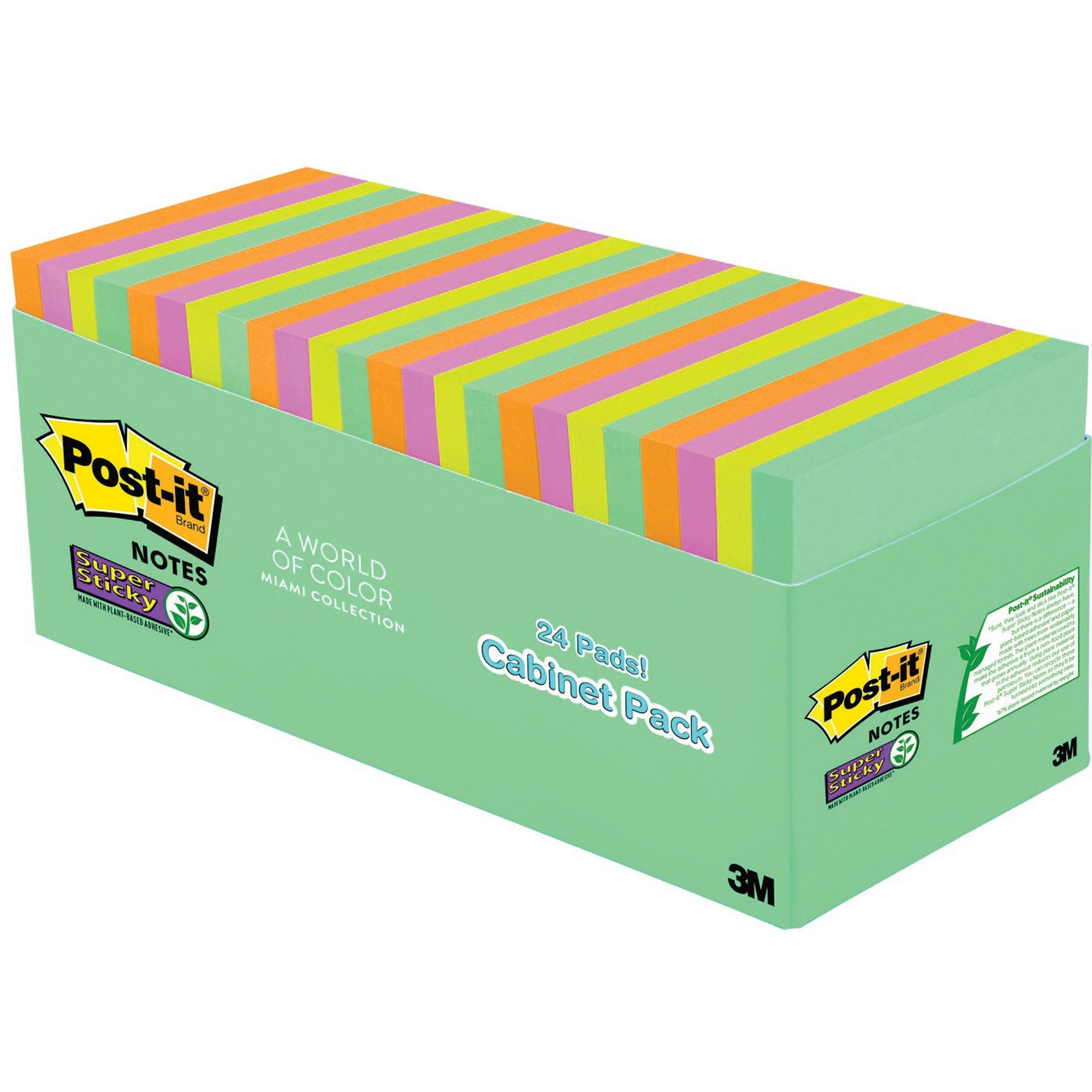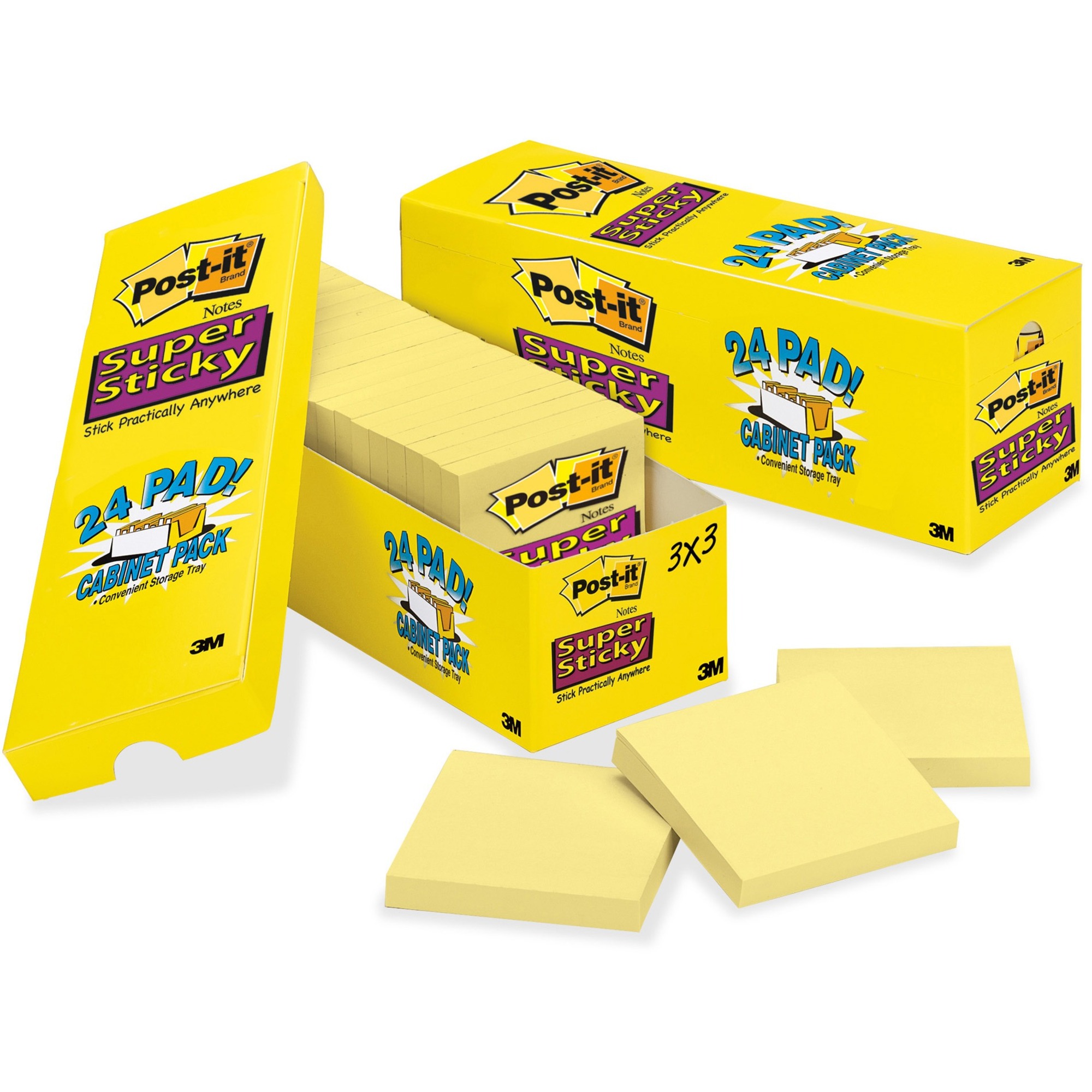Understanding Kitchen Cabinet Sticky Paper

Kitchen cabinet sticky paper, also known as contact paper or self-adhesive paper, offers a budget-friendly and easy way to revamp your kitchen cabinets without the hassle of a full-scale renovation. It comes in a wide array of colors, patterns, and finishes, allowing you to personalize your kitchen and achieve a fresh, updated look.
Types of Kitchen Cabinet Sticky Paper
Sticky paper for kitchen cabinets is available in a variety of materials, finishes, and patterns, catering to different preferences and needs. Here’s a breakdown of some popular options:
- Vinyl: Vinyl sticky paper is a popular choice due to its durability, moisture resistance, and ease of cleaning. It’s often available in a wide range of colors and patterns, making it versatile for various kitchen styles.
- PVC: PVC sticky paper is another durable option known for its resistance to heat and scratches. It’s often used in kitchens with high traffic and frequent use.
- Acrylic: Acrylic sticky paper offers a glossy finish and a modern look. It’s relatively thin and can be more delicate than vinyl or PVC, but it’s still a good option for covering smooth surfaces.
- Woodgrain: Woodgrain sticky paper is a great way to achieve a more rustic or traditional look in your kitchen. It often features realistic wood grain patterns and textures, adding warmth and character to your cabinets.
- Metallic: Metallic sticky paper offers a sleek and modern look, adding a touch of glamour to your kitchen. It comes in various metallic finishes, including silver, gold, copper, and bronze.
Advantages and Disadvantages of Kitchen Cabinet Sticky Paper
Kitchen cabinet sticky paper presents a number of advantages, making it an attractive option for many homeowners:
- Cost-effectiveness: Sticky paper is significantly cheaper than painting or replacing your cabinets entirely, making it a budget-friendly way to update your kitchen.
- Ease of application: Sticky paper is relatively easy to apply, even for DIY enthusiasts with limited experience. Most brands provide clear instructions, and the process is generally straightforward.
- Variety of styles: Sticky paper is available in a wide range of colors, patterns, and finishes, allowing you to create a unique look that reflects your personal style.
- Temporary solution: Sticky paper can be easily removed, making it a great option for renters or those who want a temporary change to their kitchen cabinets.
However, it’s essential to consider the potential drawbacks as well:
- Durability: While some types of sticky paper are durable, others may be more prone to peeling, tearing, or fading over time.
- Limited lifespan: Sticky paper is not a permanent solution, and it may need to be replaced every few years, depending on usage and care.
- Appearance: Some people find that sticky paper can look artificial or cheap, especially if it’s not applied carefully.
Applications of Kitchen Cabinet Sticky Paper
Kitchen cabinet sticky paper can be used in various ways to enhance the appearance and functionality of your kitchen cabinets:
- Covering outdated surfaces: Sticky paper is a great way to cover up outdated cabinet finishes, such as laminate or wood veneer. It can give your cabinets a fresh, modern look without the need for sanding or painting.
- Creating accents: You can use sticky paper to create accents on your cabinets, such as stripes, geometric patterns, or even a bold color block. This can add a touch of personality and visual interest to your kitchen.
- Protecting cabinets from wear and tear: Sticky paper can protect your cabinets from scratches, stains, and other forms of wear and tear. This is especially helpful in high-traffic areas like the kitchen, where cabinets are constantly exposed to spills and bumps.
Choosing the Right Kitchen Cabinet Sticky Paper

You’ve decided to give your kitchen cabinets a makeover with sticky paper, a fantastic way to refresh your space without a full-blown renovation. But with so many options available, choosing the right sticky paper can feel like navigating a maze of colors, patterns, and textures. Fear not, because we’re here to guide you through the process and help you find the perfect match for your kitchen.
Factors to Consider When Choosing Sticky Paper
Before diving into specific types, let’s explore some key factors that will influence your decision.
- Kitchen Style: The overall style of your kitchen will play a significant role in choosing the right sticky paper. A modern kitchen might benefit from sleek, minimalist designs, while a traditional kitchen could embrace more ornate patterns or wood-grain finishes.
- Cabinet Material: The material of your cabinets is crucial for selecting the appropriate adhesive strength. For example, smooth surfaces like laminate or painted cabinets generally work well with most sticky papers, while textured surfaces might require a stronger adhesive.
- Desired Aesthetic: Do you want a subtle change or a dramatic transformation? The color, pattern, and texture of the sticky paper will determine the final look of your cabinets. Consider whether you want a bold statement or a more understated elegance.
Types of Kitchen Cabinet Sticky Paper
Let’s explore some popular types of sticky paper, their features, and what they’re best suited for.
| Brand | Price | Durability | Ease of Application | Features |
|---|---|---|---|---|
| Brand A | $$ | High | Easy | Water-resistant, variety of colors and patterns, easy to clean |
| Brand B | $$$ | Medium | Moderate | Durable, textured finish, good for high-traffic areas |
| Brand C | $ | Low | Easy | Budget-friendly, wide range of colors, suitable for temporary updates |
Remember, the best sticky paper for your kitchen will depend on your individual needs and preferences. Consider the factors discussed above and explore different options before making your final decision.
Applying Kitchen Cabinet Sticky Paper

Now that you’ve chosen your perfect sticky paper, it’s time to get down to business. Applying sticky paper is a straightforward process, but a little preparation and careful execution will go a long way in achieving a professional finish.
Preparation
Before you start, ensure your cabinets are clean and dry. Any grease, dirt, or grime can affect the adhesion of the sticky paper. Use a mild cleaner and a soft cloth to wipe down your cabinets, paying special attention to any areas with buildup.
Measurement and Cutting
- Measure your cabinet doors and drawer fronts: Use a measuring tape to determine the exact dimensions of each surface. Be sure to factor in any decorative moldings or trim.
- Cut the sticky paper to size: Use a sharp utility knife and a straight edge to cut the sticky paper to the exact measurements you’ve taken. Be precise, as any overhang will be noticeable and difficult to trim after application.
Installation
- Start with the back of the cabinet door: This will help you to get the hang of the application process before tackling the visible front.
- Peel back a few inches of the backing paper: This will allow you to align the sticky paper with your cabinet door without having to worry about it sticking prematurely.
- Position the sticky paper: Carefully align the sticky paper with the top edge of your cabinet door, ensuring it’s straight and centered.
- Smooth out the sticky paper: Use a squeegee or a soft cloth to gently smooth out the sticky paper, working your way from the center to the edges. This will help to remove any air bubbles and ensure a seamless finish.
- Repeat the process for the remaining cabinet doors and drawer fronts: Be sure to use a new blade for each cut, and always work in a well-ventilated area.
Tips and Tricks
- Use a credit card or a ruler to help you smooth out any air bubbles: Gently slide the tool over the sticky paper, working your way from the center to the edges.
- If you make a mistake, don’t panic: You can usually peel off the sticky paper and reposition it, especially if you catch it quickly. Just be careful not to stretch or wrinkle the sticky paper.
- Consider using a heat gun or hairdryer to help activate the adhesive: This can be especially helpful for larger cabinet doors or areas with intricate details.
- Don’t forget to protect your work surface: Use a drop cloth or a piece of cardboard to prevent the sticky paper from sticking to your counter or floor.
Kitchen cabinet sticky paper can be a quick fix for tired cabinets, but sometimes you need a more substantial upgrade. If you’re looking to add storage space and a touch of modern design, consider installing floating shelves under kitchen cabinets.
These shelves can create a sleek, minimalist look while maximizing your kitchen’s functionality. And with the right sticky paper, you can easily refresh the cabinets above for a cohesive and stylish design.
Kitchen cabinet sticky paper can be a quick and affordable fix for minor blemishes, but for a truly timeless and durable solution, consider investing in solid walnut kitchen cabinets. The rich grain and natural beauty of walnut wood will elevate your kitchen’s aesthetic, while its inherent strength ensures years of enjoyment.
Of course, if you’re looking for a temporary fix, sticky paper can still be a handy tool to keep your cabinets looking their best until you’re ready for a more permanent upgrade.
